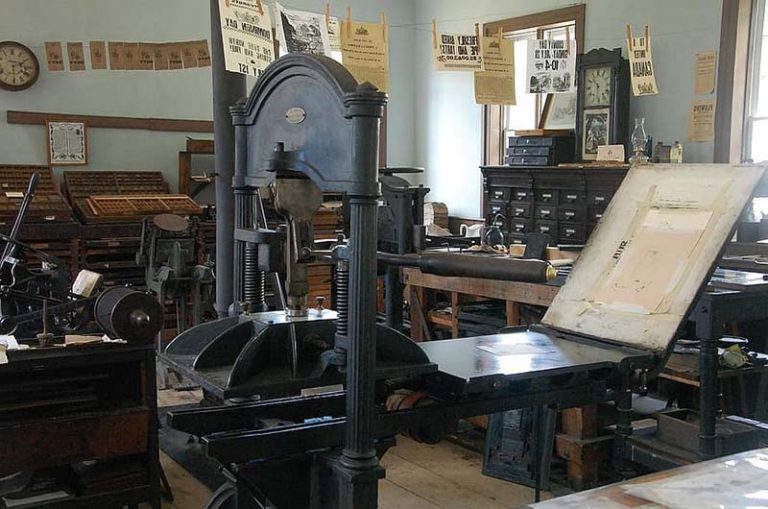First published: November 20, 2004
The way the two major Canadian political parties use of patronage during the first party system, as described by Gordon T. Stewart’s article Political patronage Under MacDonald and Laurier 1878-1911, provides a useful analytic tool to examine the brokerage system found in the subsequent systems, both to the benefit and detriment of public life.
In Stewart’s article we see how patronage was a significant means to creating party stability and allowed the political parities during this time to move forward on their nation building agenda. He discusses how the local party executives acted like employment agencies for loyal party workers, often making party allegiance more important than qualification. The use of patronage was not limited to finding employment, but also involved promotions within the public service and appointments to the judiciary. It was not until the Royal Commission of 1911-1912 that serious questions regarding the use of patronage and its affect on government were raised. And despite this and the subsequent investigations, reports and inquiries, patronage continues to be an tool for political parties. We only need to look at testimony being delivered at the recent inquiry into the advertising scandal to see jobs are given to the party faithful, despite efforts to create merit-based systems for the civil service. Yet, patronage, as characterized by providing jobs for the party faithful, begins to evolve, depending on how it is defined. When we look at how brokerage is managed by political parties, we can see patronage continues to flourish in different forms.
As we see in Ties that Bind: Parties and Voters in Canada, by James Bickerton et. al., we see the complex nature of the brokerage system at work, exemplified by the incredible balancing act undertaken by both the Conservatives and the Liberals to balance growing interests. Whether it is the impact of the Progressive movement on the Conservative Party during the second party system as traditional parties came under fire from some specific region and classes; or Prime Minister Alexander MacKenzie King’s pragmatic approach and skills as a politician to hold the centre of the political spectrum, we witness the interplay of pressures in dealing with the regions, social movements, economic forces like industrialization and urbanization, along with a host of other factors.
One of the tools governments use to accommodate these interests is through funding of programs, whether these are equalization payments to regions or to funding multicultural groups. As interests groups, such as the women, farmers or aboriginals, grow in influence, the parties will provide funding for them to oppose policies of the government. It may be argued these funds are different from the previous forms of patronage because there are less obvious expectations around party fidelity, but when they are considered within the context of the brokerage model, it would be fair to argue the money is provided as a means to more subtly gain favour with the recipients during the second and third party systems. Notably, when fiscal restraint becomes a major objective of parties during the fourth system, many groups lost funding, often because they were associated with left-leaning causes or, more precisely, groups who would not normally be seen as voting for the party in power. There was also a shift in the political culture as parties faced growing objection to government spending, calling these program a waste of taxpayers’ dollars. Funding was also cut to group who were losing support among their own constituents, such as feminist organizations and farmers. Where traditionally Liberal governments would support women’s interests in the 1970s and early 1980s, levels of support dropped under Prime Ministers Brian Mulroney and Jean Chrétien. Organizations like the National Action Committee for Status of Women or the National Union of Farmers, held less political clout due to reduced funding and were unable to deliver blocks of votes, creating an untimely, and possibly unnecessary, spiraling vortex downward into obscurity and irrelevance.
Stewart’s concludes the reliance on patronage by both parties reduces the need for any genuine accommodation, and, taking this a step further, reduces any need for serious, sophisticated brokerage, as outlined in Ties that Bind. He leaves us wondering if the use of patronage stunted the parties for the future, leaving them unable to find meaningful, long-term solutions to national problems. He points out that it is the use of patronage creates ethnic divides, as each major party appeals to a certain group, without sacrificing the interests of the elites.
The use of patronage in the subsequent party systems is made more complicated as the social, economic and cultural complexity of Canadian society develops and as it diversifies, compounds the tensions Stewart identifies. It moves beyond historic local ethno-religious tensions to the vastly complex balancing act of modern politics. And if citizens continue to demand fiscal responsibility, the cleavages between the regions and interest groups will grow as competition increases for dwindling dollars. If patronage continues to be used, then major parties are not forced to resolve national problems or implement a broad vision for the country.

